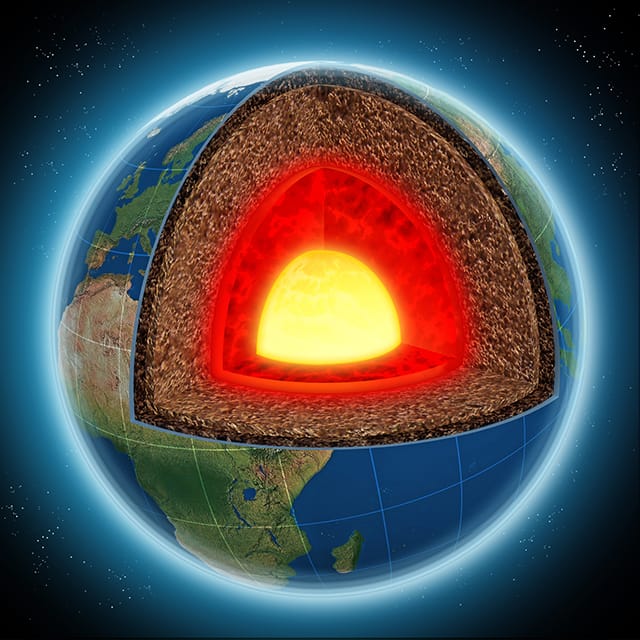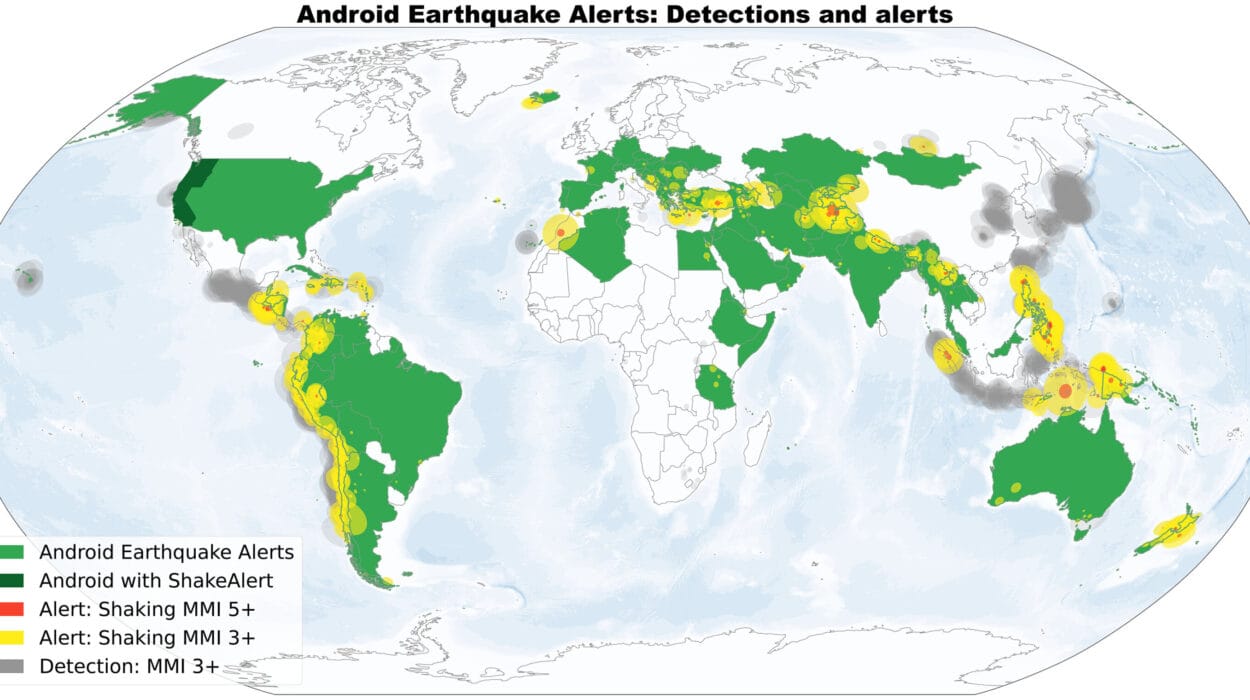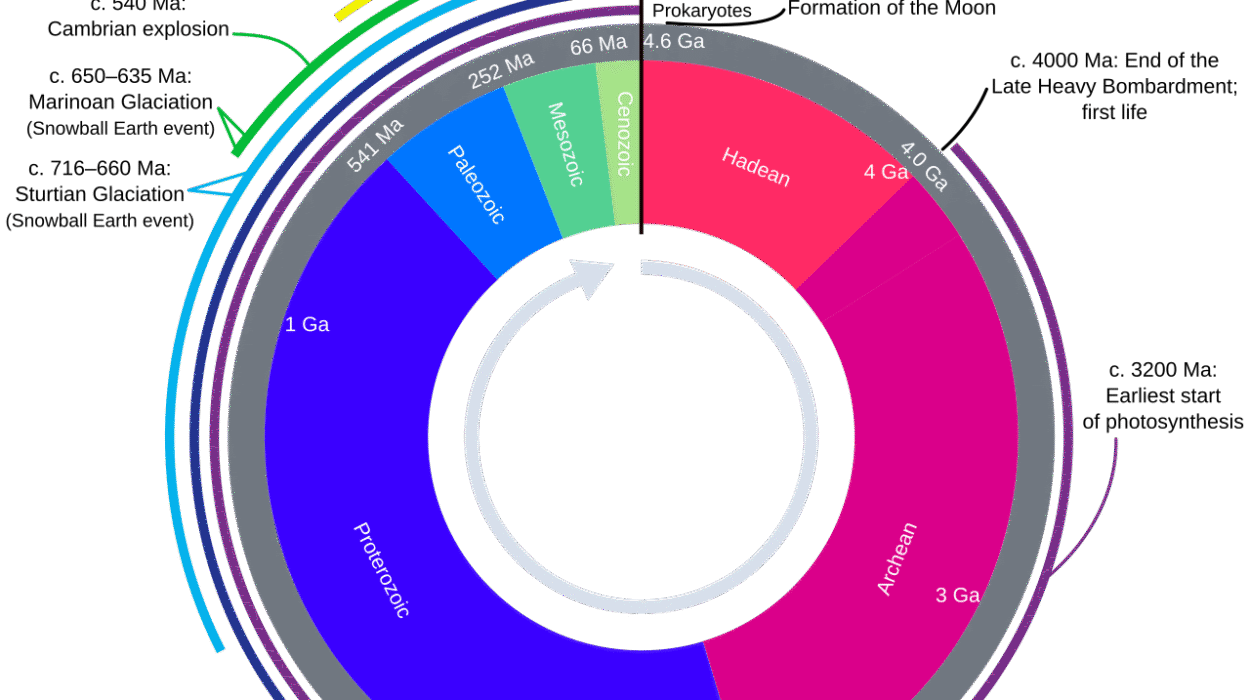Every day, we walk on the surface of an ancient, restless planet. We build cities, plant crops, and gaze at the stars without often thinking about what lies below. But beneath the crust—beneath the soil and stone, the continents and oceans—there is a world that no human has ever seen. A world that is, quite literally, at the center of everything.
The Earth’s core is a place of extremes—temperatures hotter than the surface of the Sun, pressures millions of times greater than what we experience above, and materials so dense they defy easy comprehension. Yet for all its importance, the core remains one of the most mysterious parts of our planet.
No drill has ever come close to piercing the Earth’s crust, let alone the mantle or the core. Yet through ingenious experiments, seismic readings, high-pressure simulations, and powerful computer models, scientists are piecing together an extraordinary story. It’s a story of heat and gravity, of iron and magnetism, of planetary birth and apocalyptic violence. It’s the story of how the Earth became a living planet—and how its heart still beats, deep beneath our feet.
The Journey Inward Begins
Imagine standing on a sunlit field and beginning a journey straight down, into the Earth. The first few kilometers would take you through the crust—the solid outer shell of the planet. It’s thin, relatively speaking, like the skin of an apple. But it’s all we’ve ever truly touched.
Go deeper, and you enter the mantle—a thick, churning layer of hot rock that extends nearly 3,000 kilometers downward. Though solid, the mantle flows slowly over time, like a vast ocean of rock. It drives the movement of tectonic plates and fuels volcanic eruptions. But even here, we’re still just scratching the surface.
Beyond the mantle lies a boundary of staggering importance: the core-mantle boundary. Here, at about 2,900 kilometers below the surface, the nature of the planet changes completely.
We now enter the Earth’s core, which consists of two parts: the outer core, a molten sea of iron and nickel; and the inner core, a dense, solid ball of mostly iron that spins within it. This dynamic, fiery heart powers the Earth’s magnetic field and holds clues to the planet’s earliest days.
But how do we know what’s down there?
Seeing with Seismic Eyes
The answer lies not in sight, but in sound—or more precisely, in the vibrations of the Earth itself. When earthquakes strike, they send shockwaves rippling through the planet. These seismic waves travel at different speeds and take different paths depending on the materials they move through. By studying how these waves are refracted, reflected, or even blocked entirely, scientists can create a kind of x-ray of the planet’s interior.
Seismology has revealed the layered structure of the Earth: crust, mantle, outer core, and inner core. It tells us that the outer core is liquid—because certain seismic waves known as “S-waves” can’t pass through it. It tells us the inner core is solid—because waves that do reach it are reflected in a way consistent with dense, rigid material.
These waves don’t give us a photograph, but they do paint a detailed map—a map built not with light, but with the language of vibration.
The Fiery Ocean of the Outer Core
The outer core is a roiling, molten ocean of metal, mostly iron with some nickel and lighter elements like sulfur, oxygen, or silicon. It’s here, in this vast metallic sea, that one of Earth’s most important forces is born: the magnetic field.
As the Earth rotates, the molten outer core churns and flows, driven by heat escaping from the inner core and the gradual cooling of the planet. This movement of conductive material generates electric currents, and those currents create magnetic fields. This self-sustaining process—called the geodynamo—is what gives Earth its magnetic shield.
The magnetic field protects us from harmful solar and cosmic radiation. Without it, life might never have emerged. It’s also what guides compasses, shapes the auroras at the poles, and helps migratory animals navigate across oceans and continents.
But the outer core is not uniform. Seismic studies reveal patches of differing density and composition—what scientists call “ultra-low velocity zones.” These may represent regions where materials accumulate or where core-mantle interactions stir up unusual chemistry. Some researchers even believe they may be remnants of ancient planetary collisions.
The Inner Core: A Planet Within a Planet
Deeper still, at a depth of about 5,150 kilometers, the outer core gives way to the inner core—a solid sphere roughly 1,220 kilometers in radius. Though smaller than the Moon, the inner core is a titanic mass of metal under such intense pressure that it remains solid despite the scorching temperatures, which are estimated to reach over 5,400°C.
This solid core is believed to be made almost entirely of iron, with small amounts of nickel and possibly other elements. But recent research suggests it’s more complex than we once thought. Seismic studies indicate that the inner core isn’t perfectly uniform. It may have layers of its own—a solid inner-inner core with different crystal structures or alignment from the outer portion.
Even more astonishing: the inner core appears to rotate at a different rate than the rest of the planet. It may spin slightly faster or slower, creating a subtle “super-rotation” or oscillation that scientists are still trying to understand. Like a gyroscope hidden at the heart of the world, it adds another layer of mystery to the Earth’s deepest realm.
How the Core Came to Be
To understand the core, we must journey backward in time—over 4.5 billion years, to the chaotic days of the early solar system. The Earth was born in fire, formed from the collisions of countless planetesimals—rocks and dust drawn together by gravity. These impacts released immense energy, melting the young Earth into a magma ocean.
In this molten state, heavy elements like iron and nickel sank toward the center, while lighter materials floated upward. This process—called planetary differentiation—created the layered structure we see today.
But the story may be even more dramatic.
Some scientists believe that a Mars-sized object collided with the early Earth, not only reshaping its surface but contributing to the formation of the core. That same impact likely created the Moon, flinging debris into orbit that later coalesced into our lunar companion.
This ancient violence seeded the Earth’s inner structure. The core we study today is the remnant of those early days—a record of planetary evolution locked in metal.
The Heat Within: Energy from the Deep
The core is hot—unimaginably hot. But where does all that heat come from?
Some of it is leftover from the planet’s formation—the energy of countless collisions that hasn’t yet fully dissipated. Another source is the radioactive decay of elements like uranium, thorium, and potassium, primarily in the mantle but possibly contributing to the heat flow toward the core.
And then there’s the crystallization of the inner core. As the liquid iron of the outer core slowly freezes onto the solid inner core, it releases latent heat and light elements. This process not only adds to the core’s heat but also helps drive the convection currents that power the magnetic field.
Over billions of years, the inner core has grown as the Earth cooled. Its continuing growth may eventually slow the dynamo that creates our magnetic shield. In the distant future, that shield could fade, exposing the planet to cosmic radiation. But for now, it remains a vital, pulsing engine at the planet’s center.
The Unreachable Frontier
For all our knowledge, the core remains physically unreachable. The deepest humans have ever drilled is about 12 kilometers—just a scratch on the planet’s surface. The core begins nearly 2,900 kilometers down. No material or technology yet exists that can survive the heat and pressure at those depths.
Even so, scientists continue to probe it with creativity and determination. Laboratory experiments recreate the conditions of the core using diamond anvils and laser-heated cells. Supercomputers simulate atomic interactions at core temperatures. Seismic networks capture the vibrations of distant earthquakes to create ever more precise maps.
New technologies, like neutrino detectors, may someday offer glimpses of the core’s radioactive composition. Satellites measure tiny shifts in the magnetic field, hinting at changes deep within. And new seismic techniques, such as ambient noise tomography, are revealing unexpected structures at the core-mantle boundary.
Piece by piece, the puzzle is coming together.
The Core and the Climate
It might seem that something so deep would have no effect on life at the surface. But the core shapes our world in profound ways.
Its magnetic field protects our atmosphere from being stripped away by solar winds. Mars, by contrast, lost its magnetic shield early in its history and likely lost its oceans and much of its atmosphere as a result.
The heat from the core also helps drive plate tectonics, which in turn shapes the continents, builds mountains, and recycles carbon—regulating Earth’s climate over geologic timescales.
Some scientists even speculate that variations in core activity could subtly influence climate cycles, perhaps through changes in magnetic shielding or volcanic activity linked to mantle plumes.
In this way, the core is not just a distant furnace—it’s a vital part of the planet’s living system.
The Magnetic Heartbeat
Every so often, the Earth’s magnetic field shifts in dramatic ways. Magnetic poles wander and even flip—north becomes south and vice versa. These reversals have happened many times in Earth’s history, and they are recorded in the magnetic orientation of ancient rocks.
Such flips are chaotic, with the field weakening and fragmenting before reassembling in the opposite direction. Though they don’t appear to be catastrophic, they could temporarily weaken the magnetic shield, exposing Earth to higher levels of radiation.
Understanding how and why these reversals happen requires a deep knowledge of the core’s fluid dynamics. But the outer core’s movements are hidden from view, and the equations that govern them are notoriously complex. Even with supercomputers, predicting geomagnetic behavior is still more art than science.
Still, we are learning. Satellite missions like ESA’s Swarm are mapping the magnetic field in unprecedented detail. Ground observatories track its every pulse. The Earth’s magnetic heart may still hold secrets, but we’re beginning to hear its rhythm more clearly.
A Planet’s Living Engine
The core is not just a place. It’s a process—a dynamic, evolving engine that powers the Earth’s magnetic field, drives geologic activity, and anchors the planet’s very structure. It is both ancient and ever-changing, shaped by the birth of the solar system and still influencing life today.
In studying the core, we touch the heart of the planet. We confront the limits of our technology and imagination. And we glimpse the deep-time drama that plays out beneath our feet, unseen but never still.
Someday, we may understand it fully. But even now, the quest to know the core pushes science to its limits. It challenges us to think big, dig deep, and never stop asking what lies just beyond our reach.






